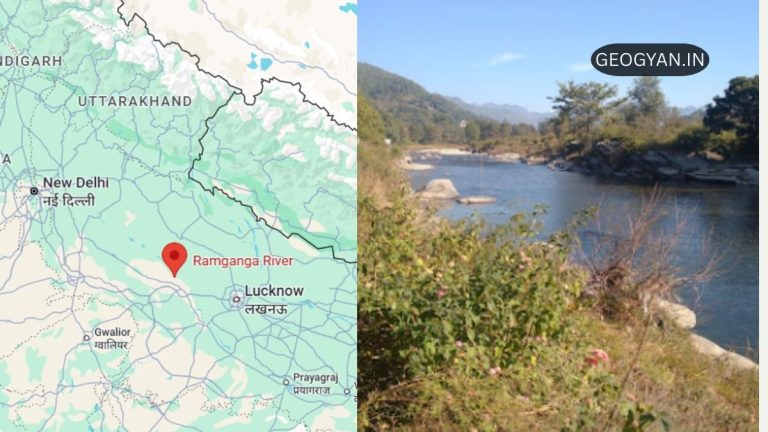Estimated reading time: 4 minutes
Table of contents
Introduction
The deserts of China and Mongolia hold a fascinating history and unique environmental characteristics. From the arid Gobi Desert to the sandy expanses of the Taklimakan Desert, these regions offer insights into the impact of tectonic movements, climatic fluctuations, and human activities on desertification.
Here, we will explore the diverse deserts of China and Mongolia, their climate, vegetation, and the challenges they face.
Climate and Environmental Changes
The onset of Asian aridity can be traced back to the early Miocene, around 22 million years ago. During the Pliocene, tectonic movements and the uplift of the Tibetan Plateau further intensified the arid conditions. The Quaternary period witnessed significant climate fluctuations in China and Mongolia, with high lake levels indicating more humid conditions during Marine Isotope Stage 3 (60-20 thousand years ago).
The Last Glacial Maximum (LGM) between approximately 21,000 and 18,000 years ago, resulted in reduced sea levels, colder temperatures, and enhanced desertification. The Chinese Loess Plateau, characterized by wind-borne dust deposition, developed during this time. The Holocene period marked a reduction in deserts and loess distribution, with evidence of wetter conditions in western China.


Desert Characteristics and Topography
The deserts of China and Mongolia cover vast areas and exhibit distinct characteristics. Gravels and sands predominantly cover these deserts, with gravel deserts (gobi) accounting for around 42% and sandy deserts (shamo) for the remaining 58%. The topography of the region is diverse, featuring high mountains, deep basins, and intermontane basins with terminal lakes. The precipitation ranges from 40-150 mm/year on the plains to 300-900 mm/year in the mountains. Melting snow and glaciers provide a significant water source during the summer months
Influence of Monsoons and Climate Patterns
Both the East Asian monsoons and the global westerlies impact the deserts of China and Mongolia, with changes in these systems affecting regional climates. The interplay between the summer and winter monsoonal circulation plays a crucial role. The Siberian high-pressure system drives the winter monsoon, bringing cold and dry continental air southward.
The summer monsoon brings warm and moist air masses from the Indian Ocean and the Pacific Ocean. The intensity and range of these monsoons influence regional temperature patterns. The eastern Tibetan Plateau, sheltered from the summer monsoon, experiences extreme dryness. The arid regions of northwestern China, beyond the Pacific and Indian monsoons, receive limited rainfall.
Vegetation and Challenges
The biogeography of the arid areas of China and Mongolia is affiliated with the Eurasian deserts and steppes. Conifer forests thrive in the Altay and Tien Shan Mountains, while the modern snowline ranges between 3,700 and 4,200 meters in the Xinjiang region. Glacial meltwater serves as a crucial water resource during the dry season. However, due to global warming, glaciers in the region are experiencing negative mass balances, posing a significant threat to water supplies.
Desertification and Conservation Efforts
Desertification is a growing concern in China and Mongolia, with an estimated 176,000 square kilometers already classified as desertified. Human activities, including deforestation and land degradation, contribute to the expansion of desert areas. The largest deserts in China include the Taklimakan Desert, Gurbantunggut Desert, Badain Jaran Desert, Qaidam Basin, Tengger Desert, Ulan Buh Desert, and Mu Us Desert. Efforts are underway to address desertification and protect fragile desert ecosystems.
Conclusion
The deserts of China and Mongolia are captivating landscapes shaped by ancient climatic changes and human activities. From the shifting sands of the Gobi Desert to the massive dunes of the Taklimakan Desert, these regions provide insights into the intricate relationship between climate, vegetation, and desertification. As conservation efforts continue, it is crucial to protect these unique ecosystems and find sustainable solutions to mitigate desertification in the face of ongoing environmental challenges.
You May Also Like





























